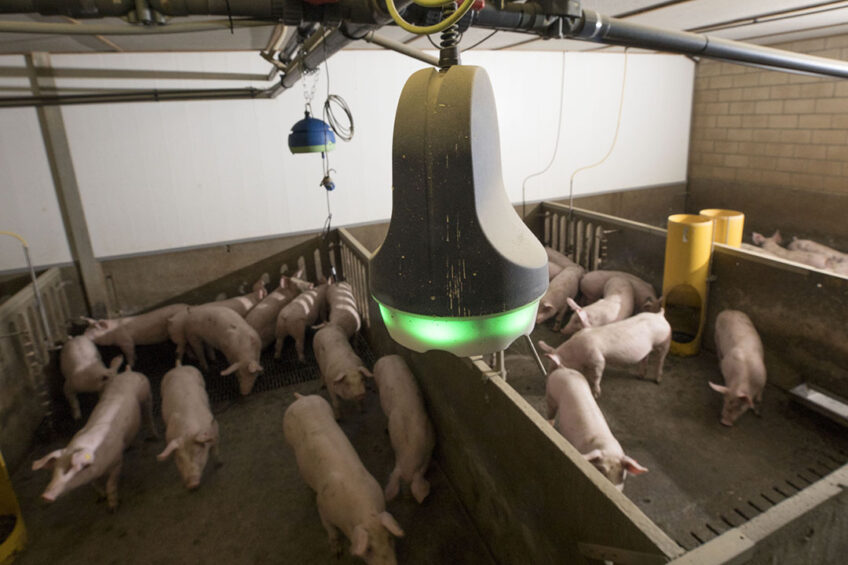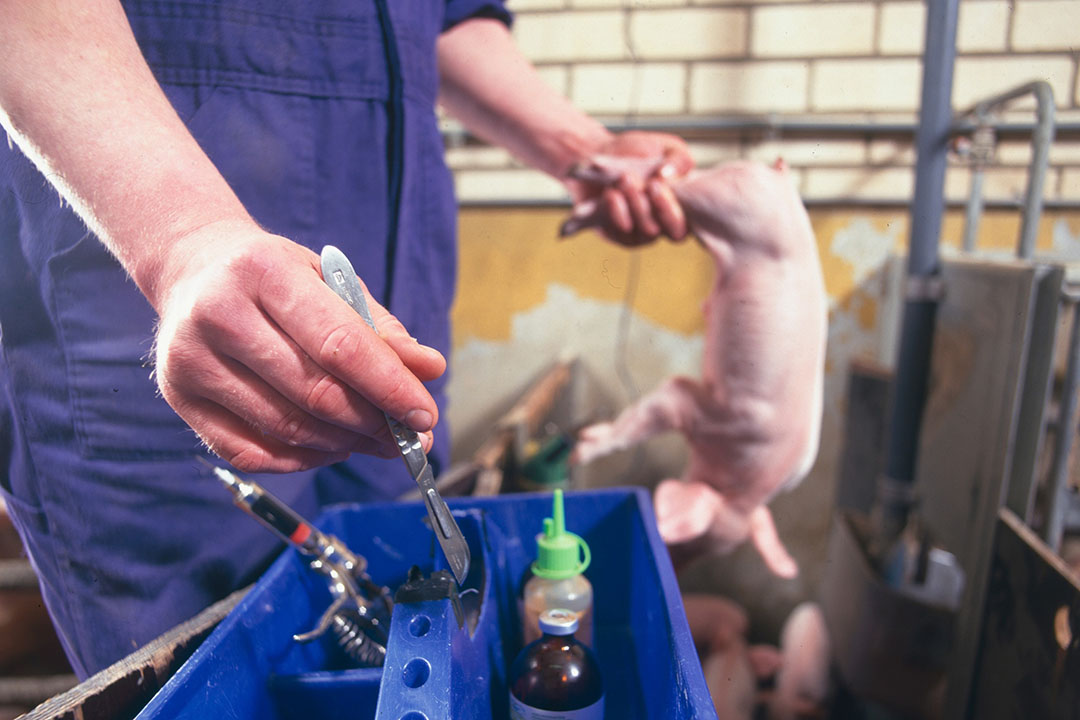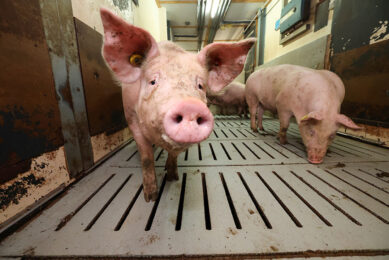Why is it relevant to analyse pig vocalisations?

Why would it be interesting to understand pig vocalisations? A recent piece of research delved into the different sounds a pig can make. A better understanding of pig sounds can help pig producers to make better management decisions, explains pig welfare expert Dr Irene Camerlink.
A recent scientific publication on pig vocalisation received widespread media attention. 16 prominent scientists from across Europe analysed more than 7,000 pig calls in different commercial farm contexts.
Automated recognition of pig emotional states
Studies are being conducted continuously, but often the results do not get much attention beyond the scientific community. This changes when the results are relevant or interesting to society or the industry, as is the case for the study of Dr Elodie Briefer and her colleagues. Their work looks into the possibility of automated recognition of pigs’ emotional state, through pig vocalisations.
Anyone who regularly spends time in a pig unit, will soon recognise different vocalisations and in which context they occur. The sound of a screaming piglet when being crushed by the sow will (hopefully!) make any farmer run to save the piglet. Piglets scream in many situations, but the specific sound when being laid on is very distinguishable.
While some sounds are distinctly different, others vary in subtle ways
Recognising pig vocalisations help in farm management
Recognising vocalisations thus clearly helps in farm management, as it provides information on what the animal experiences. This includes, as the research article informs, information about their emotional state, and therefore also about their welfare.
While some sounds are distinctly different, others vary in subtle ways. Research conducted 20 years ago already showed that screams during piglet castration are different from other piglet screams, for example when being restrained. Although it seems that piglets scream anyway, pain or no pain, sound analysis reveals that screams differ and are much more intense (circa 99 dB) when castrated without local anaesthesia.
Automating recognition of pig vocalisations
New methods of analysing sound parameters make it possible to look at further details and to automate their recognition. The research article looks at different methods to classify the sounds and how these can be interpreted in terms of emotions. A novelty is that they look at a wide variety of vocalisations across age groups and contexts, which is an important step in order to make reliable detection possible in farm practice.
One of the methods (a neural network using algorithms) showed a high accuracy in recognising calls. This method seems to be suitable for developing an automated recognition system that can be used on farms to give an indication of animal welfare.

Variation in tooling
If implemented as automatic detection on farm, it could provide detailed real-time information on pigs in every unit, and warn of critical situations such as crushing or unrest. Some forms of sound analysis already exist to gain insight in animal welfare, such as simply monitoring dB levels in slaughter houses and, more sophisticatedly, detection of pigs’ coughs to better manage respiratory diseases.
With the research of Briefer and her colleagues, such tools can hopefully be extended to include more variation, including negative but also positive experiences.
The research paper in Scientific Reports was authored by E.F. Briefer, C.C.R. Sypherd, P. Linhart, et al. and is called “Classification of pig calls produced from birth to slaughter according to their emotional valence and context of production.” Sci Rep 12, 3409 (2022).











